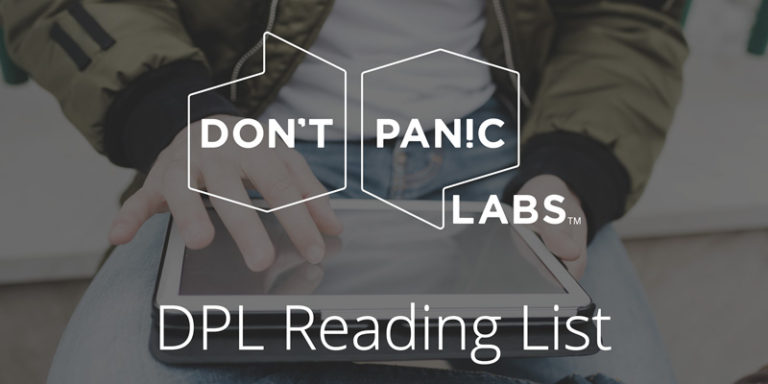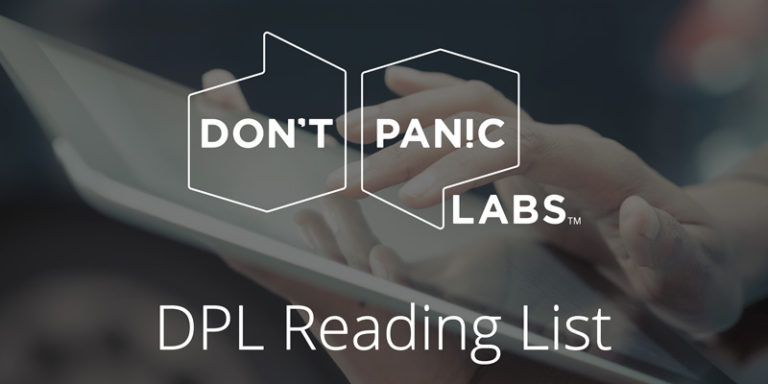
DPL Reading List – June 23, 2017
Here are some of the articles we’ve been reading around this office this week.
The One Thing All Entrepreneurial People Have In Common – “We suffer because of our desire to go beyond what we are today. In that context suffering is the step towards entrepreneurial growth which can initiate a positive force from a negative situation.”
A Bereaved Father and His Team of Microsoft Data Scientists Combat Infant Deaths – “Conventional SIDS studies typically comprise only a few hundred cases. By contrast, the Microsoft team has the ability to mine massive datasets collected by the U.S. Centers for Disease Control and look for correlations that would be hard to see across a smaller pool of families. It’s an approach that machine learning and artificial intelligence experts have already been applying to the treatment of cancer and other diseases.”
The Road to Burnout is Paved With Context Switching – “After a month or two of paying attention to my emotions and writing down stressors as I feel them (which has the added benefit of getting them out of my head) I’ve realized that it’s no one specific aspect of my job, but rather the constant context switching between all of them.”
Buttons shouldn’t have a hand cursor – “When a button has the hand cursor, it subtly suggests that the user is interacting with a link when they’re not. If you want to give visual feedback when the user hovers, you can do so with other style changes such as background colour. A well-designed button does not need a hand cursor to help the user realise it does something.”
Building for Builders: Stripe’s 8 Tips for Designing APIs and Supporting Developers – “There exists a huge range in the quality of developer offerings. As the API economy continues to mature, companies must compete not simply by having an API, but by providing a truly great developer experience.
Dos and don’ts on designing for accessibility – “The dos and don’ts of designing for accessibility are general guidelines, best design practices for making services accessible in government. Currently, there are six different posters in the series that cater to users from these areas: low vision, D/deaf and hard of hearing, dyslexia, motor disabilities, users on the autistic spectrum and users of screen readers.”
In the AI Age, “Being Smart” Will Mean Something Completely Different – “The new smart will be determined not by what or how you know but by the quality of your thinking, listening, relating, collaborating, and learning. Quantity is replaced by quality. And that shift will enable us to focus on the hard work of taking our cognitive and emotional skills to a much higher level.”



